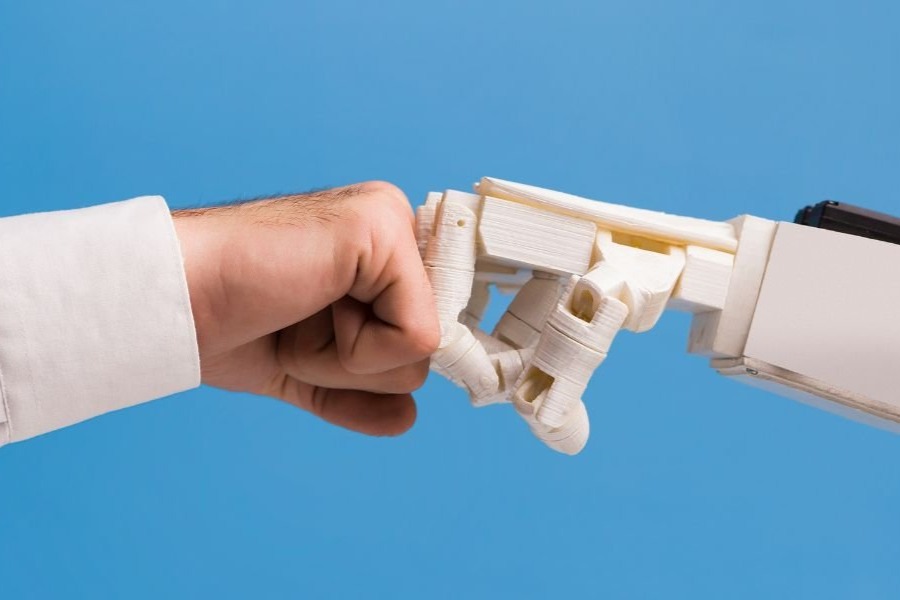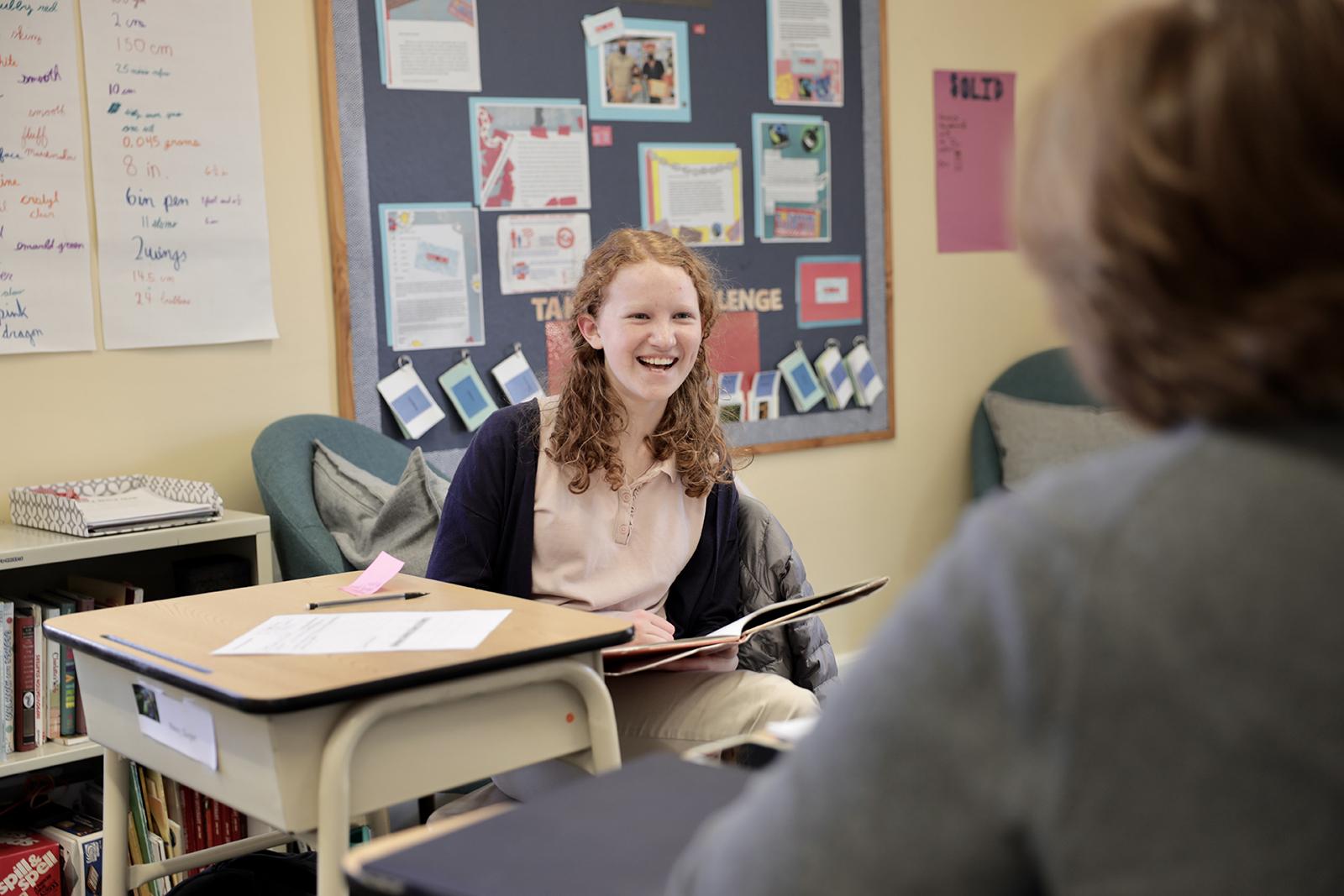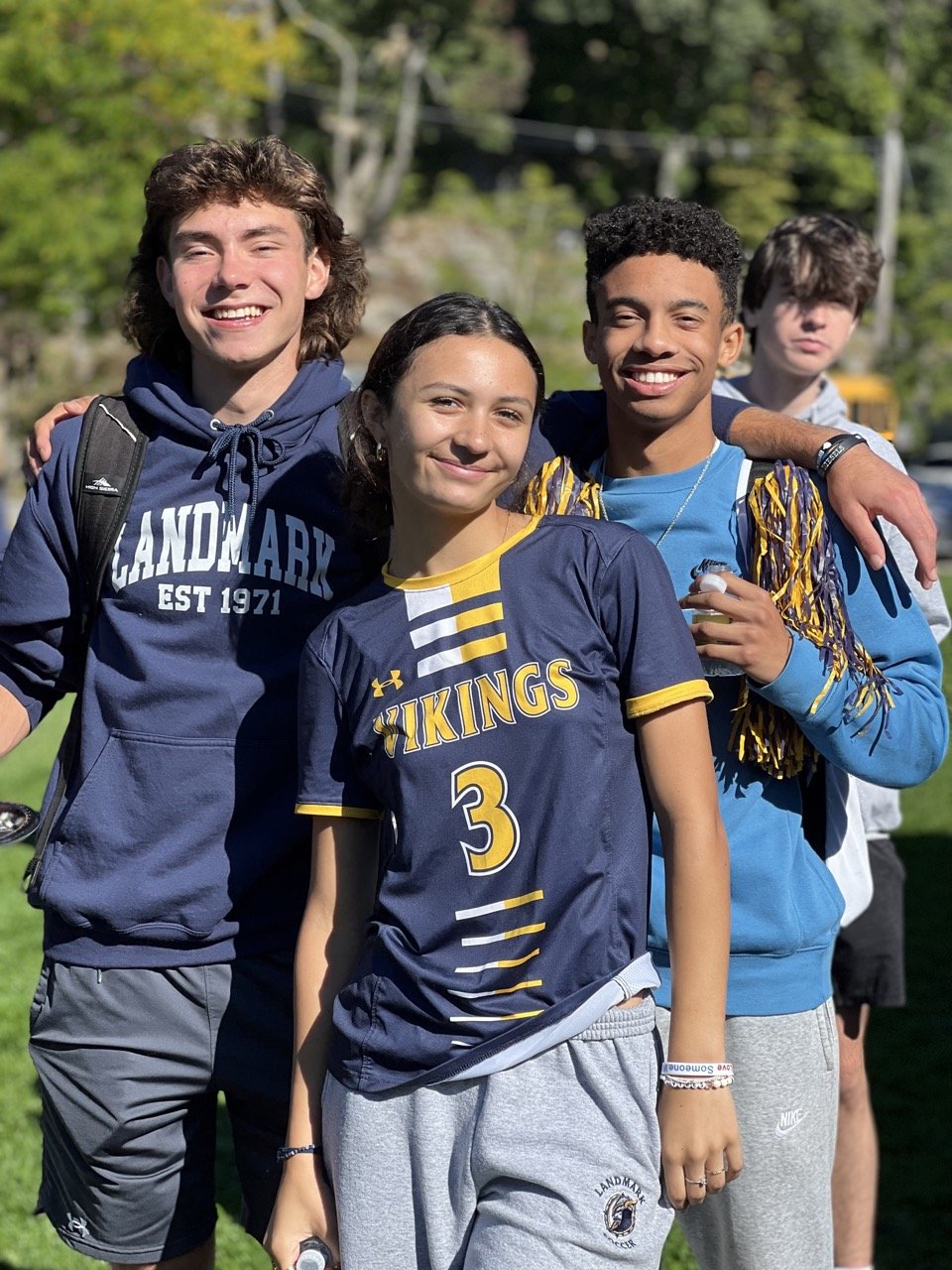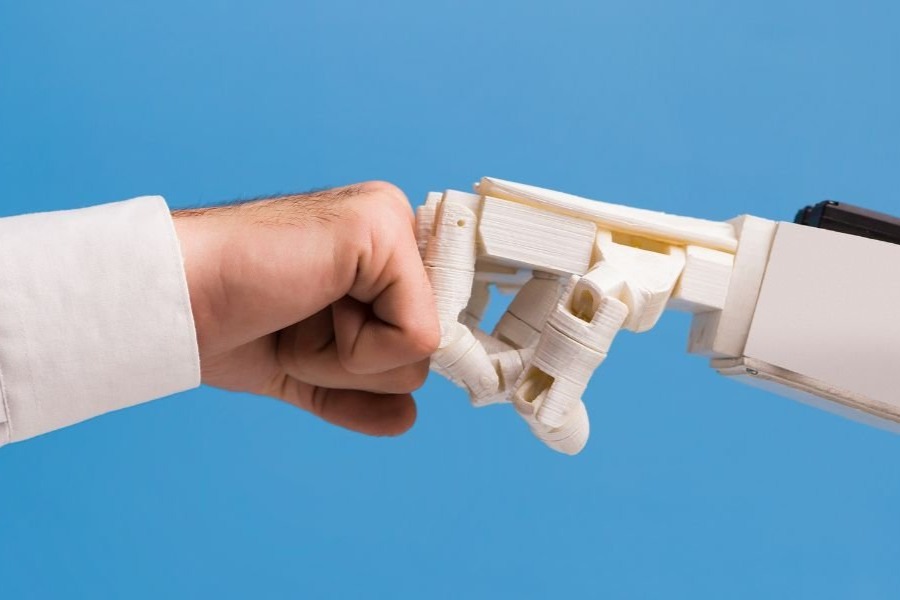- Our School
- Our Advantage
- Admission
- Elementary•Middle School
- High School
- Summer
- Giving
- Parent Resources
- For Educators
- Alumni
« Back
AI Can Help Reading Instruction
March 6th, 2024
Not enough students with dyslexia have access to high-quality reading and writing instruction. AI can help.
New technology could help educators create personalized lessons
As schools and educators grapple with using artificial intelligence, or AI, in the classroom, I find myself excited by the possibilities for students with dyslexia. Technology can finally give students with learning differences the personalized lessons needed to help them work with — instead of work around — their disability. Used strategically, AI can help teachers design for students’ many different learning styles rather than trying to “fix” their brains with one-size-fits-all approaches to learning. We can figure out how our students process information and then use AI to maximize that — all while saving much-needed time for educators. (As a parent of two children with dyslexia, I’m also worried, but my excitement is currently winning.)
AI is already predicting complex protein structures, helping doctors diagnose patients and building functioning websites. It’s time to put this groundbreaking technology to work for our teachers, many of whom have too many students to have the time to differentiate lessons based on learning differences. To be clear, AI should never replace a teacher. Instead, it can empower them with new time- and cost-saving tools that can improve instruction for all students.
I lead Landmark School, an independent school in the Boston area for students with learning disabilities. Our students are brilliant, creative, hard-working and driven learners, and yet their brains simply don’t intake or output information in the same ways as their nondisabled peers. Some of our teachers are already using AI to create individualized, decodable reading passages of varying complexities about topics that get the kids excited and engaged — basketball, space, race cars and Pokémon. And, using AI, our teachers can generate these passages in seconds, not hours and days. Some tech leaders are predicting that, given enough data, AI will soon be able to teach students with dyslexia to read — with teachers at the helm guiding the process.
School leaders, especially those who are advocates for students who learn differently, we must begin having more strategic conversations about AI now. The traditional education system has never worked for students with disabilities, and we could redesign it. It will be revolutionary for schools if we can use this opportunity to transform how we serve students. This powerful new technology also means that schools must update how we assess learning and knowledge so that AI is an assistive tool rather than a way to cheat. If we can use this opportunity to transform how we serve students, it will revolutionize schools.
Teacher-led AI could provide every student with the individualized, explicit, structured, sequential instruction and expertise that is presently only available to the privileged few who can afford independent schools like mine. For public schools with scant resources, a 30-to-1 student-to-teacher ratio might finally make sense when every student is given an individualized, responsive curriculum powered by their teachers and AI.

AI can be invaluable for the more than a dozen states that have revamped their reading curriculum in the last couple of years to better align with brain science. It can generate word lists, decodable texts and basic lesson plans. It can produce lists of real and nonsense words with specific features — vowel teams, syllable types, spelling patterns, prefixes, etc. — and then incorporate the words into a text about any topic. The benefits are endless for students like my two children, who present their learning differences in very distinct ways.
We are entering a new era in which the very skills and talents that are often associated with dyslexia — creativity, problem-solving, out-of-the-box thinking — are going to be critical to navigating this new and complex technological world.
Research shows that every child — whether they have dyslexia or not — would benefit from learning to read the way we teach students with learning differences. With AI, that is feasible.
In fact, students are leading the way on AI literacy in some places because they understand the importance of this new tool. AI is going to revolutionize the world of work. If our job as educators is to prepare students for what comes next, we need to start reckoning with the “new next” now. Today’s students will decide the ethical questions that guide our new AI-infused world.
It’s time we adults catch up.
About the Author
Josh Clark is head of the Landmark School and Landmark Outreach outside Boston and chair of the International Dyslexia Association. He is an expert contributor to the global nonprofit Made By Dyslexia and Microsoft Education and co-founded the Association of LD Schools (ALDS).
Learn more about Josh.

This story about AI and dyslexia was also published in The Hechinger Report, a nonprofit, independent news organization focused on inequality and innovation in education.
Webinar on AI in Education
Landmark Outreach is offering this free webinar in the spring of 2024.
AI in the Middle and High School Classroom
In this webinar, you will learn how AI works, why it is important to understand it, and how it can be implemented in classroom activities. Since this “thing of the future” is here to stay, educators and their students need to know how to use it properly as a tool for critical thinking instead of a replacement for original work.
Posted in the category Teaching.








.jpg?v=1652115432307)










